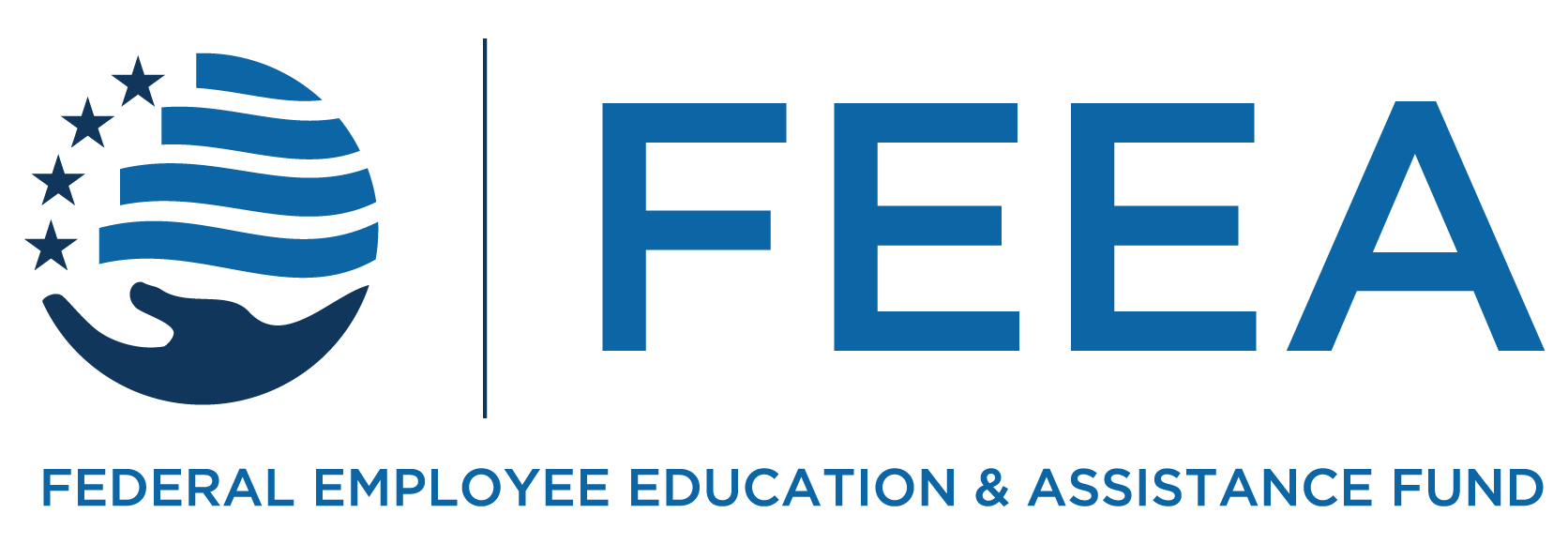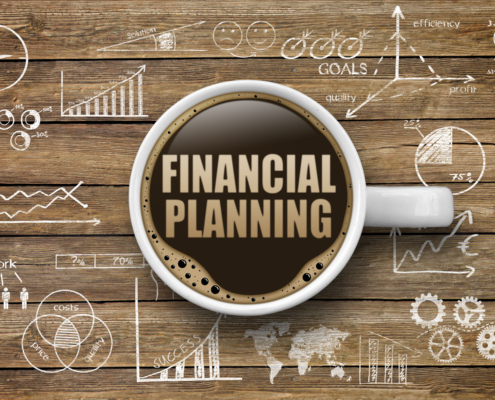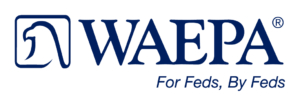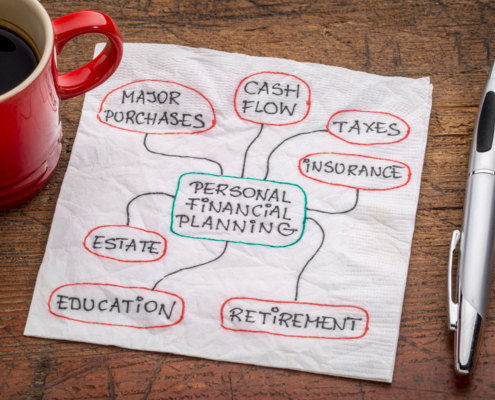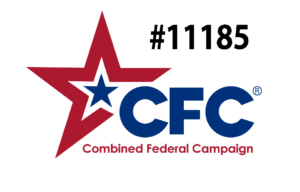Achieving Financial Security with Smart Emergency Fund Strategies for Federal Employees
Sarah M.*, a federal employee of four years, finally felt like she was mastering the balance between the demands of her new role and managing her finances, even though she lived paycheck to paycheck.
Like many, Sarah juggled responsibilities, aspirations, and the day-to-day grind, aiming for financial balance.
Then, one ordinary Tuesday morning, as Sarah got in the car to head to work, her world took a sudden turn—the car wouldn’t start. The mechanic’s diagnosis was grim: a repair bill of over $1,200, a figure that far exceeded the cushion of Sarah’s savings, which, like many, was not prepared for such an unforeseen financial blow.
Sarah’s story is a wake-up call for all of us, emphasizing the need for readiness against life’s unexpected financial challenges. We’ve all been there. Whether it’s a car repair, a medical bill, a fee for school, or a hot water tank that just couldn’t hold on any longer. But what if a surprise expense suddenly throws your budget into chaos?
The Wide-Ranging Impact of Financial Stress
It’s no secret that financial stress affects more than just your wallet; it also seeps into your physical and mental health, relationships, and overall well-being. Here’s how you can avoid finding yourself in situations like Sarah’s.
- One-third of Americans are barely a $400 car repair or unexpected medical bill away from financial chaos, according to the Federal Reserve. A seemingly small emergency could send their world crashing down.
- More than half of Americans lack the financial cushion to handle a $1,000 setback, according to Bankrate. Imagine the stress of a job loss, appliance failure, or even a leaky roof with no buffer to absorb the blow.
These statistics aren’t just numbers – they represent real people facing constant worry and anxiety.
Getting Started
This #FedLifeHack guide is packed with actionable strategies and resources specifically tailored for federal employees. Working to develop and maintain an emergency fund can help lower financial stress and put you on the road to a more secure financial future.
Step 1: Craft a Budget That Works for You
Embarking on your emergency fund journey begins with understanding where your money is going. Crafting a budget isn’t just about tracking expenses; it’s about uncovering opportunities to save and making your money work harder for you. Let’s dive into how a well-structured budget can be the cornerstone of your financial resilience.
Q&A: As you consider your current expenses, ask yourself: Which costs can be reduced or eliminated? Reflect on your spending habits and identify one area you could adjust this month to increase your savings.
Step 2: Set Achievable Savings Goals
With a budget in place, the next step is to define what financial security looks like for you. Setting achievable savings goals transforms the daunting task of building an emergency fund into a series of victories. Discover how small, consistent steps can lead you to substantial financial stability.
Step 3: Supercharge Your Savings
Now, let’s boost your saving efforts. Making your savings automatic and finding ways to increase your fund can accelerate your journey to financial peace of mind. Explore strategies to supercharge your savings without drastically altering your lifestyle.
Consider: Choose one strategy today to enhance your savings. Will it be setting up an automatic transfer to your savings account or reviewing your subscriptions to identify and eliminate unnecessary costs? Committing to one small change can significantly impact the growth of your emergency fund over time.
Step 4: Leverage Your #FedLife Resources
You’re not on this journey alone. Numerous resources are available specifically for federal employees like yourself. Leveraging these resources can provide you with additional support and tools to strengthen your financial foundation. Let’s uncover the resources that can make your path to building an emergency fund smoother:
As we wrap up this guide, remember that building an emergency fund is within your reach. Take one small step, whether it’s reviewing your budget, setting a savings goal, or simply opening a high-yield savings account.
Each action you take brings you closer to financial security and peace of mind. Celebrate your progress, no matter how small, and remember, every step forward is a step towards a more financially secure future.
THIS #FEDLIFEHACK GENEROUSLY SPONSORED BY:
Links we mentioned:
- FEEA: Smart Saving Guide
- FEEA: Envelope Budgeting
- FEEA: SMART Goals
- The Consumer Financial Protection Bureau: Free Budgeting Worksheet
- The Consumer Financial Protection Bureau: Savings Goal Worksheet
- Public Service Loan Forgiveness Program
- OPM: Financial Resources
- YNAB (paid service)
- Quicken Simplify (paid service)
- Monarch (paid service)
The information provided in this piece is for your convenience and informational purposes only and not to be construed as professional advice. FEEA and its coauthors and sponsors are not liable for any losses or damages related to actions or failure to act with regard to the content in this piece.
Would you like to reprint this piece in your agency human resource, federal employee association, or union local newsletter? You can do so at no cost by contacting communications@feea.org with your request.
